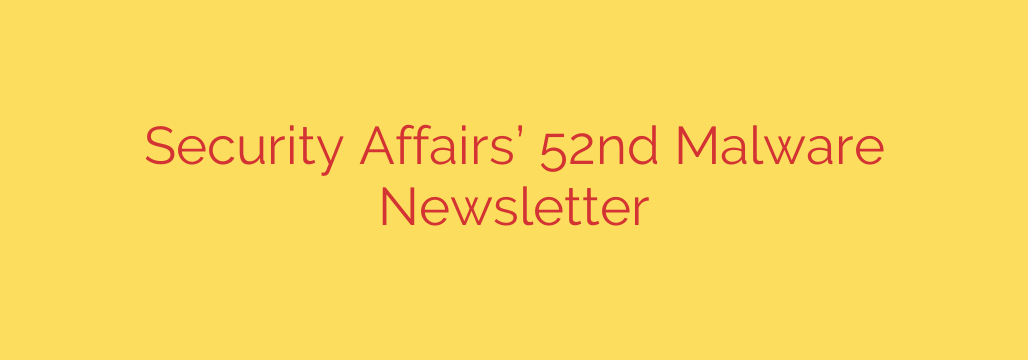
The digital threat landscape remains highly active, with adversaries constantly evolving their tactics. Recent observations highlight several concerning trends and specific activities impacting organizations worldwide.
Analysis indicates a significant uptick in phishing campaigns employing sophisticated social engineering techniques. These attacks often leverage convincing lures such as fake invoices, urgent security alerts, or shipping notifications designed to trick recipients into clicking malicious links or downloading infected attachments. The primary goal is typically the deployment of initial payloads or the theft of credentials.
Furthermore, ransomware continues to pose a major challenge. While some groups face disruption, new variants and affiliates quickly emerge. Attackers continue to refine their methods, including double extortion where data is exfiltrated before encryption, adding pressure on victims to pay the ransom to prevent public disclosure. The targeting remains diverse, affecting businesses of all sizes, critical infrastructure, and even individuals. Effective defense requires robust backup strategies, strong access controls, and vigilant monitoring.
Examining specific malware families reveals ongoing innovation in delivery and persistence mechanisms. Certain notorious loaders and bots are incorporating new techniques to evade detection by security software. This includes using encrypted communications, leveraging legitimate services for command and control (C2), and employing fileless or low-observable execution methods. Understanding the latest indicators of compromise (IoCs) associated with these threats is crucial for effective detection and response.
Additionally, adversaries are quick to exploit newly discovered vulnerabilities in software and systems. The window between a vulnerability being disclosed and being actively exploited in the wild continues to shrink. This underscores the critical importance of timely patching and vulnerability management as a fundamental defense against targeted attacks and opportunistic exploitation. Proactive scanning and continuous monitoring for unpatched systems are essential steps.
Staying informed about the latest cyber threats and attack vectors is paramount for maintaining a strong security posture. Organizations and individuals must remain vigilant, implement multi-layered security defenses, and educate users on recognizing and reporting suspicious activity. The dynamic nature of these threats demands continuous adaptation and improvement of security practices.
Source: https://securityaffairs.com/179660/security/security-affairs-malware-newsletter-round-52.html








